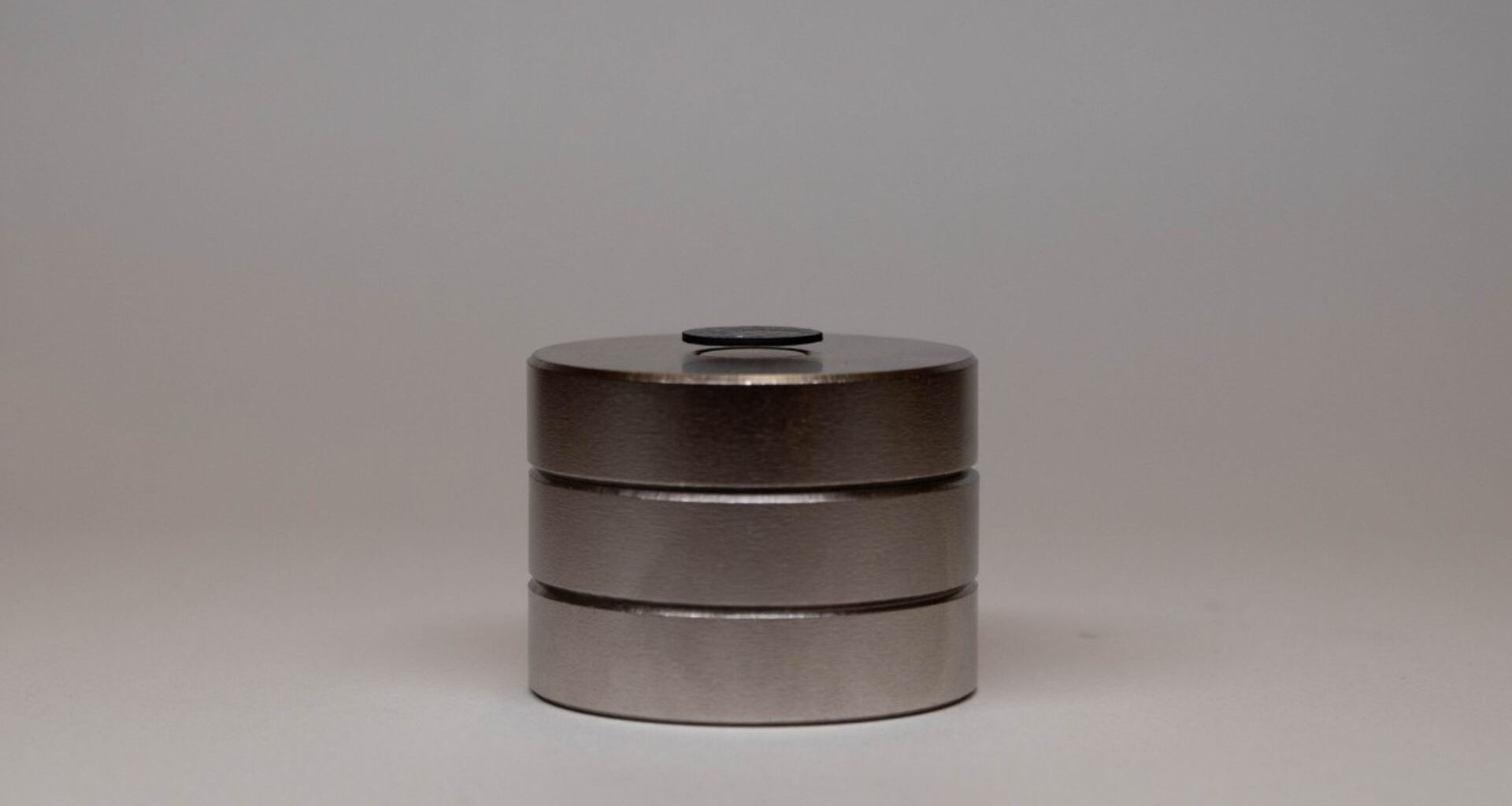A research team from the Okinawa Institute of Science and Technology (OIST), on Friday, announced that it had achieved a major milestone in levitation technology by eliminating eddy-current damping in macroscopic levitating systems.
The development could revolutionize precision sensing and open new avenues for quantum research.
Levitation has fascinated both entertainers and scientists for centuries. While magicians use illusions to make objects float, physicists pursue levitation for its practical advantages.
In science, levitation helps isolate objects from physical disturbances like friction, making it useful for studying gravity, gas pressure, and angular momentum.
The OIST team’s latest innovation combines simplicity and precision. Using a one-centimeter graphite disk and a few rare-earth magnets, they created a levitating rotor that can spin freely without losing energy through eddy-current damping.
How the team overcame eddy-current damping
Eddy currents occur when a conductive material moves in a magnetic field, generating small circular currents that resist motion, similar to friction. These currents are useful in technologies like train brakes and power tools, but they are a problem for precision levitation systems.
“With a one-centimeter graphite disk and a few rare earth magnets, we have demonstrated experimentally and proved analytically how to create a diamagnetically levitating rotor that experiences no eddy-current damping at all thanks to axial symmetry,” explained Daehee Kim, a Ph.D. student and first author of the study.
“If we can slow its rotation enough, its motion will enter the quantum regime, which could open up an entirely new platform for quantum research.”
In previous experiments, the team reduced damping by using a graphite plate mixed with silica-coated powder and embedded in wax. This design limited eddy currents but also reduced the levitation strength due to the added material.
The new graphite-only rotor retains full levitative power while eliminating unwanted resistance.
A step toward quantum precision
The new levitating rotor works because of its rotational symmetry. Unlike plates that move up and down in varying magnetic fields, the spinning rotor stays within a constant magnetic flux. This prevents the formation of eddy currents that normally slow down motion.
“The plate design experiences slight eddy-current damping when moving up and down, because the magnetic strength—or flux—changes, forming eddy currents inside the silica-coated graphite grains,” said Professor Jason Twamley, head of the Quantum Machines Unit at OIST and senior author of the study.
“But a rotor remains in the same magnetic field when rotating around its central axis above magnets. It does not experience a change in flux—and this therefore eliminates eddy-current damping.”
The team validated their approach by combining computer simulations, mathematical proofs, and physical experiments. They found that performance now depends mainly on achieving perfect axial symmetry and reducing air friction by operating in a near-vacuum environment.
Potential for sensors and space applications
This advancement is more than a physics curiosity—it could lead to powerful new sensors and gyroscopes. “With practical improvements to the manufacturing process, our levitating rotor is perfect for extremely precise sensors operating at the scale of milli- instead of nanometers,” revealed Twamley.
“It can be spun up to serve as precise and reliable gyroscopes or spun down—cooled—into the quantum regime.”
A previous version of OIST’s levitating design was already sent into space as a proof-of-concept for experiments studying dark matter and gravitational waves. The new system, free from damping and with higher stability, could make such space-based quantum experiments more accurate.
Researchers believe this approach could enable next-generation sensors to detect minute physical changes on Earth and in orbit.
Beyond sensing, the device could help study phenomena like vacuum gravity.
It may also explore rotational superposition, bringing quantum physics from the microscopic to the macroscopic world.
The findings were published in Communications Physics.

